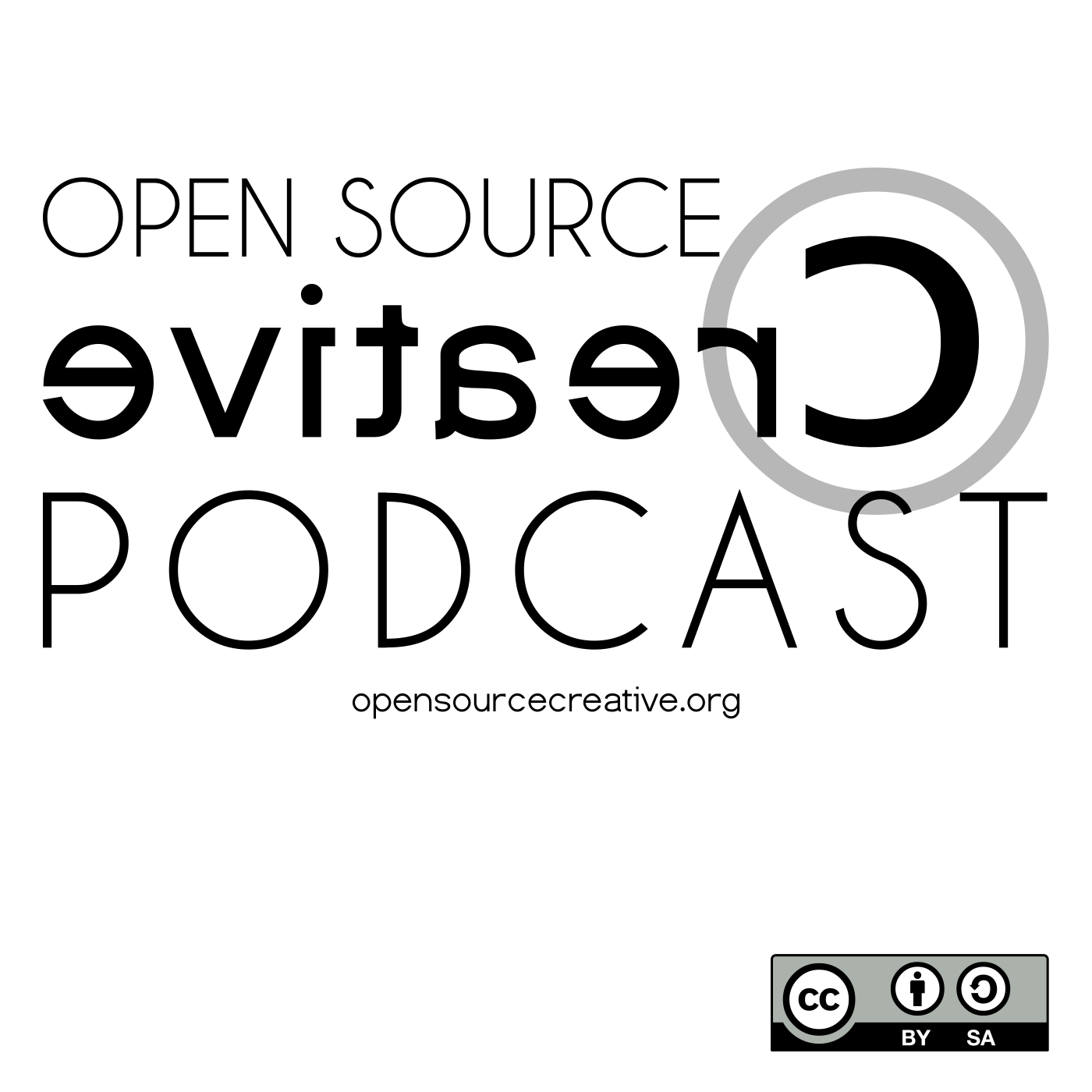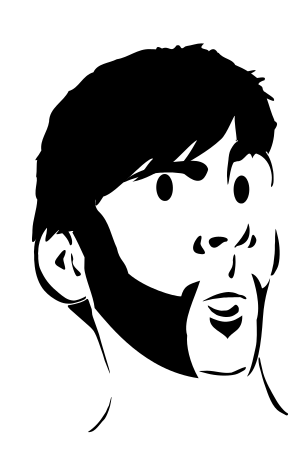#29 The Making of a Podcast
Posted on Tuesday, Feb 14, 2017
Show Notes
A fun little meta show this week. This one’s a nuts-and-bolts, step-by-step walk-through of the process I go through each way to deliver podcasty goodness to your earballs. And I do it all with free and open source software. The following is a quick breakdown of each step in the process. You can use it to start your own show or to record episodes for airing on Hacker Public Radio.
Recording is done in my car using a Zoom H1 field recorder and a Røde lavaliere microphone. The specific lav mic that I got was designed to work with phones, but since Android phones have such horrid gain control, I got an adapter for it to work with the H1. Couldn’t be happier. (OK, so every now and again I catch myself eyeballing some of the higher-end field recorders, but the H1 really is a nice recorder, especially for the price). I record to PCM WAV at 44.1 kHz. I have the levels set so my audio barely ever peaks over -4 dB.
Editing of the show is done in Audacity. Aside from just doing clean-up cuts on the audio track, I use the Normalize and Compressor effects. I didn’t have the settings for those effects on-hand as I recorded, but I have them now. So here you go:
- Normalize
- Enable “Remove DC offset (center on 0.0 vertically)
- Enable “Normalize maximum amplitude” and set it to -1.0 dB
- Disable “Normalize stereo channels independently”
- Compressor
- Threshold: -16 dB
- Noise Floor: -40 dB
- Ratio: 5:1
- Attack Time: 0.20 secs
- Release Time: 1.0 secs
The intro and outro are recorded right into Audacity using a Plantronics USB headset (I don’t think they make my particular model any more). After the edit is finalized, I export the episode audio to a 128 kb/s MP3 file.
Metadata tagging is done using EasyTag. Be sure to include the cover image as part of the tag data, otherwise the image won’t show up when the MP3 is played in a modern media player.
Hosting for podcast episodes is done on Amazon S3, but you could just as easily use services like libsyn, podHoster, Blubrry, or even archive.org. I personally would not recommend that you use your regular shared web hosting for these files as I’ve run into trouble in the past with flaky downloading or streaming speeds when taking that route.
Incidentally, I gather analytics on the files hosted on S3 by pulling log files using s3cmd and then parsing those logs using GoAccess to generate an HTML file with pretty graphs and tables of the data. It’s what lets me know roughly how many times an episode has been downloaded.
Distribution of the podcast is currently done on WordPress using the Blubrry PowerPress plugin. It does the job of providing an in-line player and a properly structured RSS feed. In the future, I might move to using a static site generator like Hugo or Jekyll, but not yet.
Update (15 March 2017): The podcast has moved to its own domain now and is not using WordPress as a backend any longer. That, of course, means that the Blubrry PowerPress plugin is also not used. Now, I’m using a static site generator called Hugo and a podcast-oriented theme (that I’ve modified) called castanet. Check out Episode 32: The Website Lives! for more information.
And that about covers it. Yeah, I know it’s a lot of links, but hopefully you find at least some portion of this useful. If not… there’s always next episode!
Talkatcha then.
2 Archived Comments
David Mcsween, Feb 16, 2017
I wish there was a way to conveniently return to older episodes… like on youtube for example ;)
Jason, Feb 16, 2017
I see what you did there. :)
I’ll look into it.
Hosts

Jason van Gumster
“I make stuff. I make stuff up. On occasion, I stuff-up what I make. I don’t do much stuff with make-up… though I’m not above trying. I work in all kinds of media: words, animation, ink, coffee, wood, video. And, of course, I’m really passionate about open source and open content, so that’s what I talk about in this show. Books I’ve written and other creative experiments I’ve made can be seen on monsterjavaguns.com.”